Rubber Plant
₹199
The Rubber Plant, scientifically known as Ficus elastica, is a popular houseplant renowned for its large, glossy leaves and air-purifying qualities. Its distinctive appearance and low-maintenance nature make it a perfect choice for both novice and experienced plant enthusiasts.
74 people are viewing this product right now
🔥 10 items sold in last 3 hours
The Rubber Plant, scientifically known as Ficus elastica, is a popular houseplant renowned for its large, glossy leaves and air-purifying qualities. Its distinctive appearance and low-maintenance nature make it a perfect choice for both novice and experienced plant enthusiasts.
Key Features & Benefits
- Air-Purifying Powerhouse: Rubber plants effectively remove harmful toxins like formaldehyde and benzene from the air, improving indoor air quality.
- Low-Maintenance: Requires minimal care, making it ideal for busy individuals.
- Versatile Indoor Plant: Adapts to various lighting conditions, from bright indirect light to low light.
- Aesthetic Appeal: Its striking foliage adds a touch of elegance to any room.
- Growth Potential: Can grow quite large, making it a statement piece in your home or office.
Plant Care Guide
Ideal Plantation Locations
Rubber plants thrive in warm, humid environments. They prefer bright, indirect light but can tolerate lower light conditions. Avoid direct sunlight, as it can scorch the leaves.
Planting & Gardening Instructions
- Location: Choose a well-lit spot indoors, away from drafts and extreme temperature fluctuations.
- Soil Preparation: Use a well-draining potting mix that retains moisture. A blend of potting soil, per lite, and orchid bark works well.
- Planting: Gently remove the plant from its nursery pot and place it in the new pot. Fill in with the prepared potting mix, ensuring the plant is stable.
- Spacing: As a houseplant, spacing isn’t a major concern. However, if you’re planting multiple rubber plants outdoors in a tropical climate, allow ample space between them.
Watering
Water your rubber plant thoroughly when the top inch of soil feels dry. Allow the excess water to drain freely. Avoid overwatering, as it can lead to root rot.
Fertilizers
Fertilize your rubber plant every 2-3 months during the growing season (spring and summer) with a balanced liquid fertilizer diluted to half strength.
Repotting Instructions
Re-pot your rubber plant every 2-3 years or when it becomes root-bound. Choose a pot that is slightly larger than the current one.
Fruiting Season
Rubber plants rarely produce fruit indoors. However, in their native tropical environments, they can produce small, inconspicuous fruits.
Usage Ideas
- Indoor Decor: Perfect for living rooms, bedrooms, and offices.
- Air Purifier: Improve indoor air quality.
- Gift: A thoughtful gift for plant lovers.
Care Tips
- Pest Control: Keep an eye out for common houseplant pests like mealybugs and scale insects. Treat infestations promptly with insecticidal soap or neem oil.
- Pruning: Prune your rubber plant to maintain its shape and encourage bushier growth.
- Cleaning Leaves: Regularly wipe the leaves with a damp cloth to remove dust and improve photosynthesis.
Only logged in customers who have purchased this product may leave a review.
₹139


₹139
Related products
Designed, Developed & Maintained by Growww.
Copyright © 2024 Ashok Chakra Nursery

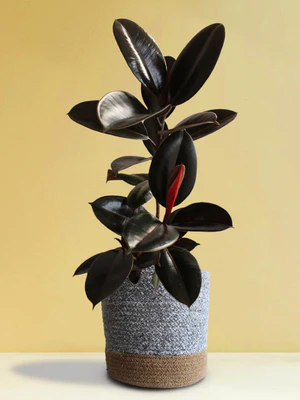
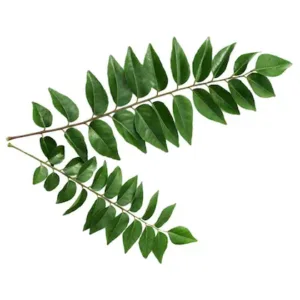

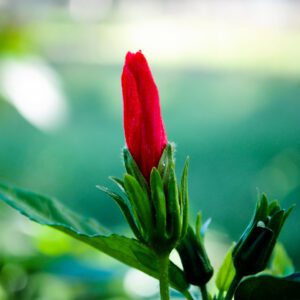
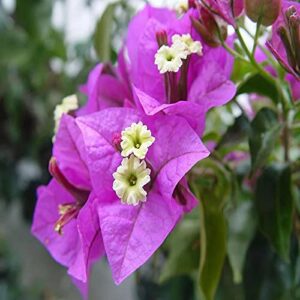
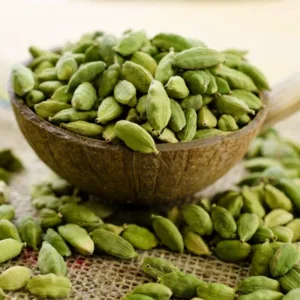
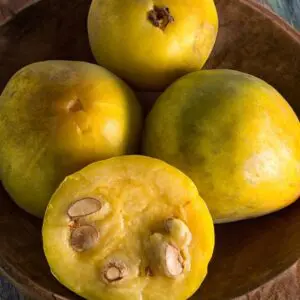
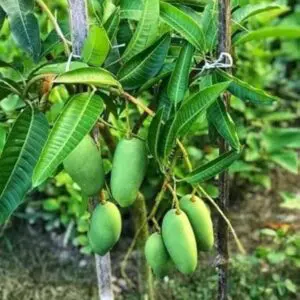
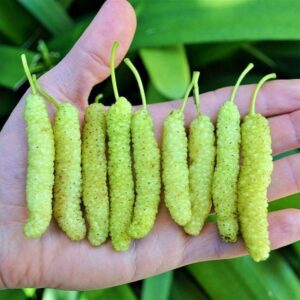
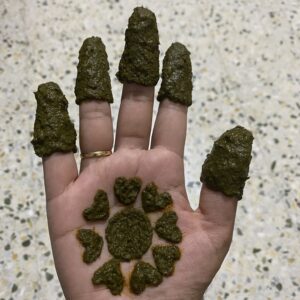
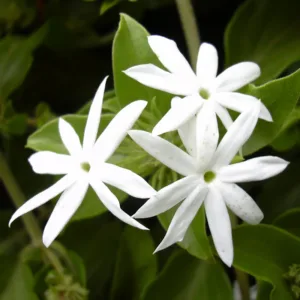
Reviews
There are no reviews yet.